Space News
Universe Today
110

Image Credit: Universe Today
Webb Space Telescope Tracks Fireworks Around Our Galaxy’s Black Hole
- NASA's James Webb Space Telescope has detected cosmic flares around the supermassive black hole at the center of our Milky Way galaxy.
- The accretion disk of hot gas surrounding the black hole throws off about five or six big flares a day, along with smaller bursts.
- The flares are believed to be caused by turbulence and magnetic reconnection events in the accretion disk.
- Observations at two near-infrared wavelengths revealed a slight time delay in brightness changes, providing insights into the physical processes at work in the disk.
Read Full Article
6 Likes
Spaceflightnow
440

Rocket Lab to launch BlackSky Gen-3 satellite on 60th Electron flight
- Rocket Lab is set to launch its 60th Electron rocket, with the mission carrying BlackSky's Gen-3 satellite for Earth imaging and analytics.
- The launch, named 'Fasten Your Space Belts,' will take place in Mahia, New Zealand.
- Rocket Lab's Electron rocket has been a reliable launcher for BlackSky, and this marks the ninth time Rocket Lab has launched a payload for BlackSky.
- BlackSky's Gen-3 satellite will join its existing constellation in low Earth orbit and offer high-resolution intelligence gathering capabilities.
Read Full Article
26 Likes
Universe Today
404

Image Credit: Universe Today
What Would Actual Scientific Study of UAPs Look Like?
- UFOs are now called UAPs to encourage serious discussion and research beyond alien spacecraft narratives.
- The new term aims to broaden the scope and understanding of unexplained aerial and undersea phenomena.
- Recent scientific research explores past UAP studies and emphasizes the need for a more systematic approach.
- The study, led by Kevin Knuth from the State University of New York, reviews historical UAP research globally.
- Challenges in studying UAPs include lack of repeatability and reliability of witness reports.
- The efforts to understand UAPs have gained mainstream traction, exemplified by the AATIP and NASA's studies.
- The future of UAP research requires rigorous scientific methodologies and collaboration among researchers worldwide.
- Satellite data, AI, and cloud computing present opportunities to enhance UAP studies and data analysis.
- Democratization of data sharing and use of advanced technologies can revolutionize the study of UAP phenomena.
- A focused, long-term research approach grounded in scientific standards is essential to unravel the mysteries surrounding UAPs.
Read Full Article
24 Likes
Livescience
445
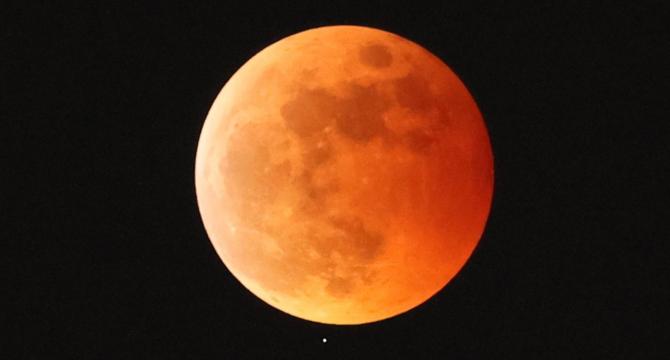
Image Credit: Livescience
Blood moon 2025: How to see the moon turn red over North America during March's total lunar eclipse
- A total lunar eclipse is coming to Earth for the first time since 2022. On the night of March 13-14, 2025, North America and South America will get a great view of all phases of what is commonly called a 'blood moon'.
- During the total lunar eclipse, the full moon will travel through Earth's shadow and take on a striking reddish hue for 65 minutes.
- A total lunar eclipse occurs when Earth is positioned directly between the sun and a full moon, causing the moon to turn red due to sunlight refracted through Earth's atmosphere.
- The lunar eclipse will happen in five stages, including the penumbral and umbral phases, and can be observed with the naked eye or with the help of a telescope.
Read Full Article
26 Likes
Discover more
Brighter Side of News
454
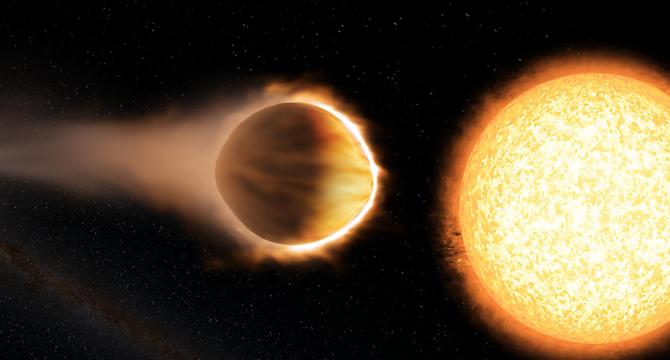
Image Credit: Brighter Side of News
Astronomers capture first 3D view of an exoplanet’s atmosphere and climate
- Astronomers have obtained a groundbreaking 3D view of a distant exoplanet's atmosphere and climate, revealing extreme winds, vertical circulation patterns, and unique chemical compositions.
- The planet, known as WASP-121b or Tylos, is an ultra-hot Jupiter with scorching temperatures and high-speed winds due to its tidal lock with one side facing the star and the other in darkness.
- Researchers discovered a powerful equatorial jet stream and a unilateral flow moving gases from the day side to the cooler night side, challenging conventional weather models.
- Using the ESPRESSO instrument on ESO's VLT, astronomers were able to map different layers of the exoplanet's atmosphere, detecting elements like iron, sodium, hydrogen, and even titanium.
- Current atmospheric models struggle to replicate observed wind patterns, highlighting the need to refine models for a better understanding of exoplanetary atmospheres and climate processes.
- Future telescopes like the ELT will provide more insight into exoplanet atmospheres, offering the potential for groundbreaking discoveries in planetary science.
- This research signifies a new era in exoplanet science, bringing scientists closer to understanding planetary atmospheres and potentially discovering Earth-like worlds in the future.
- The study was conducted by researchers at the European Southern Observatory (ESO) and other institutions, demonstrating significant progress in planetary science and atmospheric research.
- The findings present a crucial testbed for refining atmospheric models and advancing our knowledge of planetary weather systems beyond our solar system.
- Astronomers anticipate that the ELT will revolutionize the study of exoplanet atmospheres, providing unprecedented insights into the climates of distant worlds.
Read Full Article
27 Likes
Nasa
91

Image Credit: Nasa
NASA Sets Briefings for Next International Space Station Crew Missions
- NASA will hold news conferences to discuss the upcoming Expedition 73 mission to the International Space Station with Crew-10.
- The news conferences will cover preparations for NASA's SpaceX Crew-10 launch in March and the crew member rotation launch on Soyuz in April.
- The Crew-10 mission will carry NASA astronauts Anne McClain and Nichole Ayers, JAXA astronaut Takuya Onishi, and Roscosmos cosmonaut Kirill Peskov.
- NASA astronaut Jonny Kim will also participate in the briefings and interviews for the Soyuz MS-27 spacecraft launch in April.
- The SpaceX Falcon 9 rocket and Dragon spacecraft will launch Crew-10 from NASA Kennedy, while Soyuz MS-27 crew will launch from Baikonur Cosmodrome.
- Media interested in attending in person or participating by phone must contact NASA Johnson for accreditation and details.
- Briefing participants will include key personnel from NASA, SpaceX, JAXA, and Roscosmos, discussing mission overview and crew details.
- Jonny Kim, Anne McClain, Nichole Ayers, Takuya Onishi, and Kirill Peskov will be part of the Expedition 73 Crew-10.
- The mission marks Jonny Kim's first spaceflight, McClain's second, Ayers' first, Onishi's second, and Peskov's first spaceflight.
- Learn more about NASA's Commercial Crew Program and the upcoming missions on the International Space Station at the provided link.
Read Full Article
5 Likes
Nasa
206
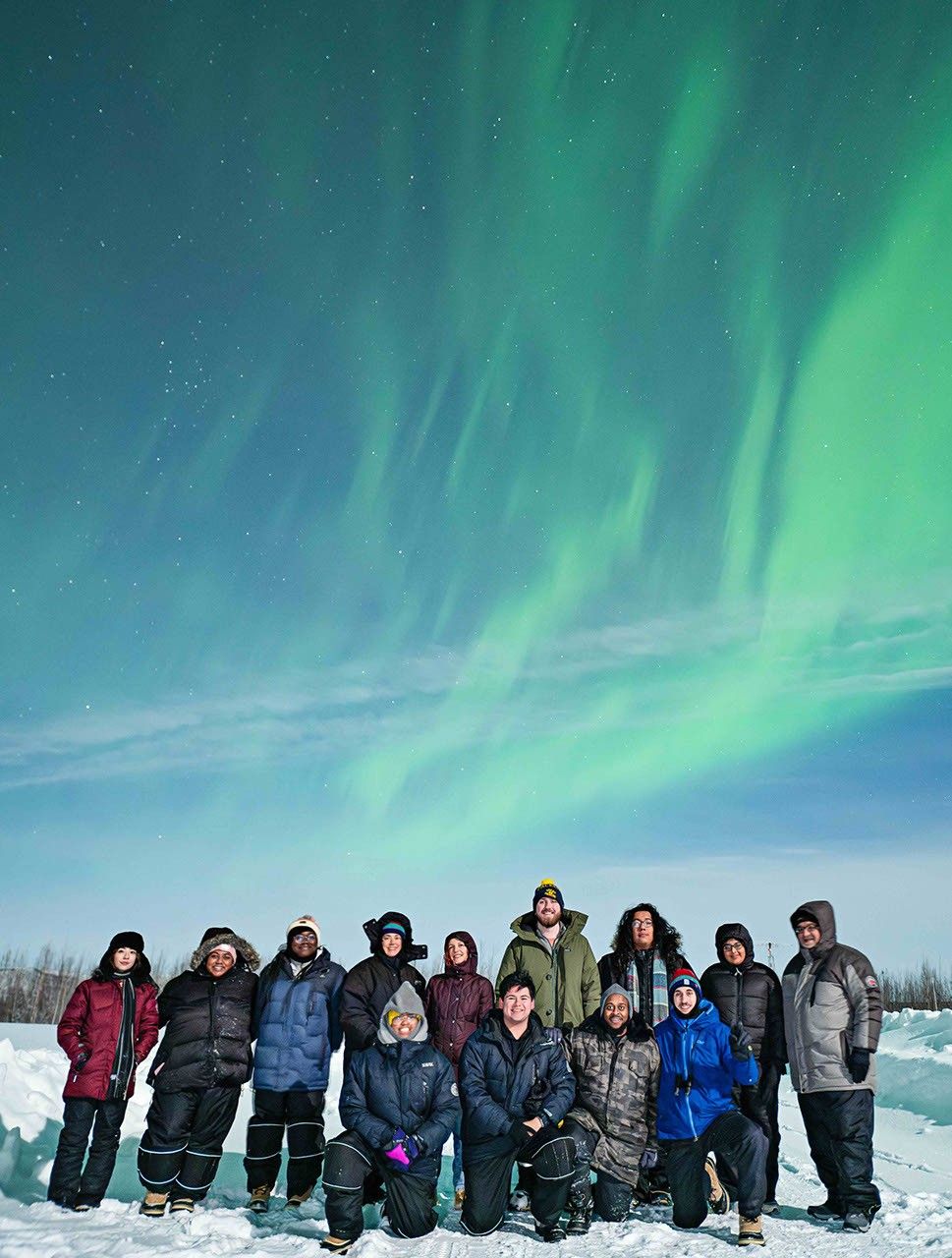
Image Credit: Nasa
Eclipses to Auroras: Eclipse Ambassadors Experience Winter Field School in Alaska
- In 2023 and 2024, two eclipses crossed the United States, and the NASA Science Activation program’s Eclipse Ambassadors Off the Path project invited undergraduate students and amateur astronomers to join them as “NASA Partner Eclipse Ambassadors”.
- In January 2025, the Eclipse Ambassadors Off the Path project held a week-long Heliophysics Winter Field School (WFS), a culminating Heliophysics Big Year experience for nine undergraduate and graduate Eclipse Ambassadors. The WFS exposed participants to career opportunities and field experience in heliophysics, citizen science, and space physics.
- The program included expert lectures on space physics, aurora, citizen science, and instrumentation, as well as hands-on learning opportunities with Poker Flat Rocket Range, the Museum of the North, aurora chases, and more.
- The Eclipse Ambassadors Off the Path project is supported by NASA under cooperative agreement award number 80NSS22M0007 and is part of NASA’s Science Activation Portfolio.
Read Full Article
12 Likes
Nasa
101
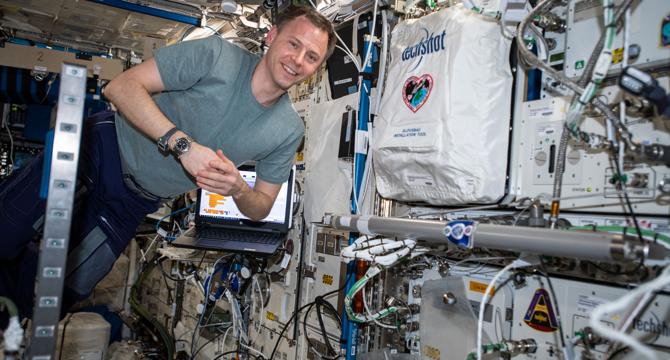
Image Credit: Nasa
Crew Works Robotics Competition and 3D Bioprinter to Manufacture Cells, Tissues
- The Expedition 72 crew set up a free-flying robotics competition for students and cleaned a 3D bioprinter.
- The BioFabrication Facility (BFF) in the Columbus laboratory module is being tested to print biological tissues in space.
- NASA astronaut Nick Hague cleaned and maintained the BFF and collected blood and saliva samples for testing.
- The Roscosmos Progress 89 cargo craft is scheduled to depart the space station on Feb. 25.
Read Full Article
6 Likes
Digitaltrends
41
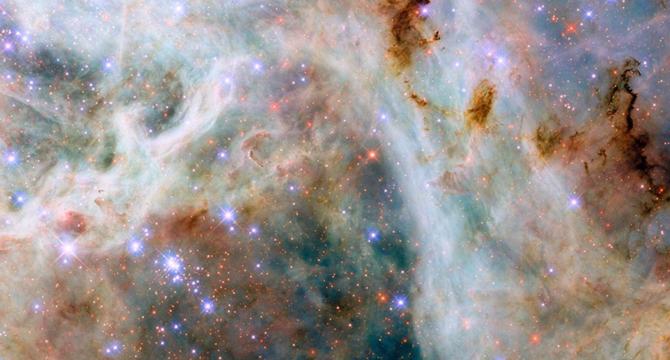
Image Credit: Digitaltrends
See the stunning cosmic clouds captured in new Hubble image
- A new image from the Hubble Space Telescope captures stunning cosmic clouds near the Tarantula Nebula in the Large Magellanic Cloud.
- Dust, once considered an annoyance, is now recognized for its importance in star and planet formation.
- The presence of dust in the region spurs star formation as it attracts particles and facilitates the formation of cores.
- Although dust can block visible light, telescopes like the James Webb Space Telescope use infrared radiation to see through it and reveal hidden structures.
Read Full Article
2 Likes
Universe Today
422
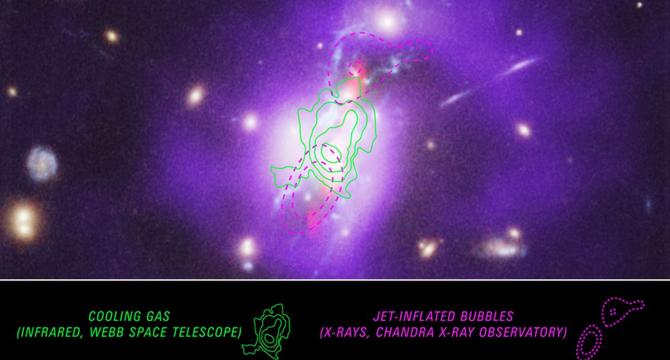
Image Credit: Universe Today
This Ancient Galaxy Cluster is Still Forming Stars When it Should be ‘Red and Dead’
- The Phoenix Cluster, a massive galaxy cluster, defies expectations by continuing vigorous star formation despite its age.
- Traditionally, older galaxies stop forming stars due to lack of cold gas or having it stripped away, becoming 'quenched.'
- The cluster's central galaxy, located 5.8 billion light-years away, displays bright cores suggesting ongoing star formation.
- Astronomers attribute this unexpected star formation to black hole jets from active galactic nuclei preventing gas cooling.
- Research using the James Webb Space Telescope (JWST) reveals warm gas transitions essential for star formation in the Phoenix Cluster.
- JWST observations show warm gas co-spatial with cold gas and active star-forming sites, supporting a link between cooling gas and star formation.
- The Phoenix Cluster generates cold gas internally for star formation, challenging the notion that it acquires gas from outside sources.
- The research unveils that the central black hole in the cluster promotes gas cooling rather than preventing it, playing a crucial role in regulating and promoting cooling.
- This discovery sheds light on the ongoing star formation in ancient galaxy clusters and offers new insights into galaxy evolution mechanisms.
- The study's findings provide valuable insights into the complex processes governing star formation in massive galaxy clusters like the Phoenix Cluster.
Read Full Article
25 Likes
Nasa
243

Image Credit: Nasa
NASA Science: Being Responsive to Executive Orders
- NASA Science operates within the broader context of the federal government and its priorities.
- NASA Science is working to implement Executive Orders and related policies as quickly as possible.
- Changes in solicitations, mission planning, grants, and research programs may be expected.
- Nicky Fox, Associate Administrator of NASA Science Mission Directorate, expresses gratitude for the partnership in advancing NASA Science.
Read Full Article
14 Likes
Universe Today
307

Image Credit: Universe Today
A Spiral Structure in the Inner Oort Cloud
- A new paper from researchers at the Southwest Research Institute and the American Museum of Natural History reveals the structure of the inner Oort cloud, a part of the solar system located 1,000 to 10,000 times farther from the Sun than Earth.
- The inner Oort cloud is considered slightly more populated than the outer Oort cloud and is estimated to contain potentially trillions of icy bodies.
- The structure of the inner Oort cloud is affected by the gravitational forces of the galaxy, specifically the Galactic tide, which influences the positioning of these icy rocks.
- The researchers' model suggests that the inner Oort cloud has a spiral disk shape with two spiral arms, influenced by the Kozai-Lidov effect resulting from the Galactic tide's gravitational impact.
Read Full Article
18 Likes
Livescience
316
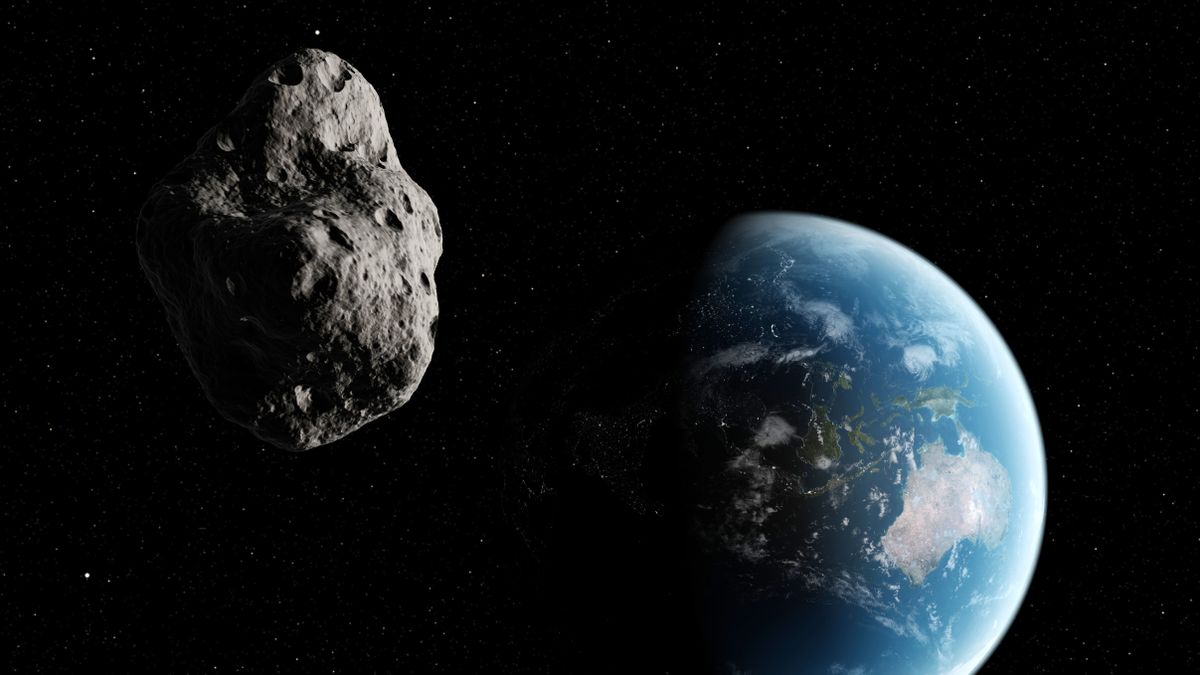
Image Credit: Livescience
Chance of 'city-killer' asteroid 2024 YR4 smashing into Earth rises yet again to 3.1%, NASA reports
- The probability of asteroid 2024 YR4 hitting Earth in 2032 has increased to 3.1%, according to NASA.
- The asteroid has an estimated diameter of 177 feet and could wipe out a major city upon impact.
- There is a 96.9% chance that the asteroid will miss Earth entirely.
- Additional observations will provide scientists with a more precise estimate of the asteroid's orbit and the risk of impact may decrease.
Read Full Article
19 Likes
The Robot Report
9
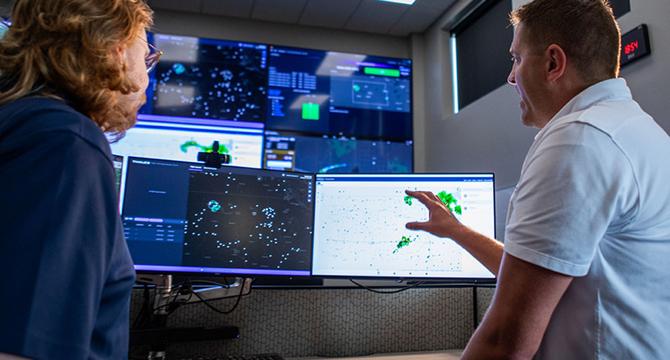
Image Credit: The Robot Report
Northern Plains UAS Test Site to support AURA’s FAA contract
- The Northern Plains UAS Test Site plans to support AURA Network Systems Inc.'s FAA contract.
- AURA received an FAA contract to demonstrate and validate its technologies for safely integrating UAS into the National Airspace System.
- The NPUASTS will collaborate with AURA to demonstrate voice capabilities using its Nationwide Certificate of Authorization.
- AURA aims to provide secure and reliable communications systems for the aviation industry and test its ability to communicate with air traffic control.
Read Full Article
Like
Nasa
326
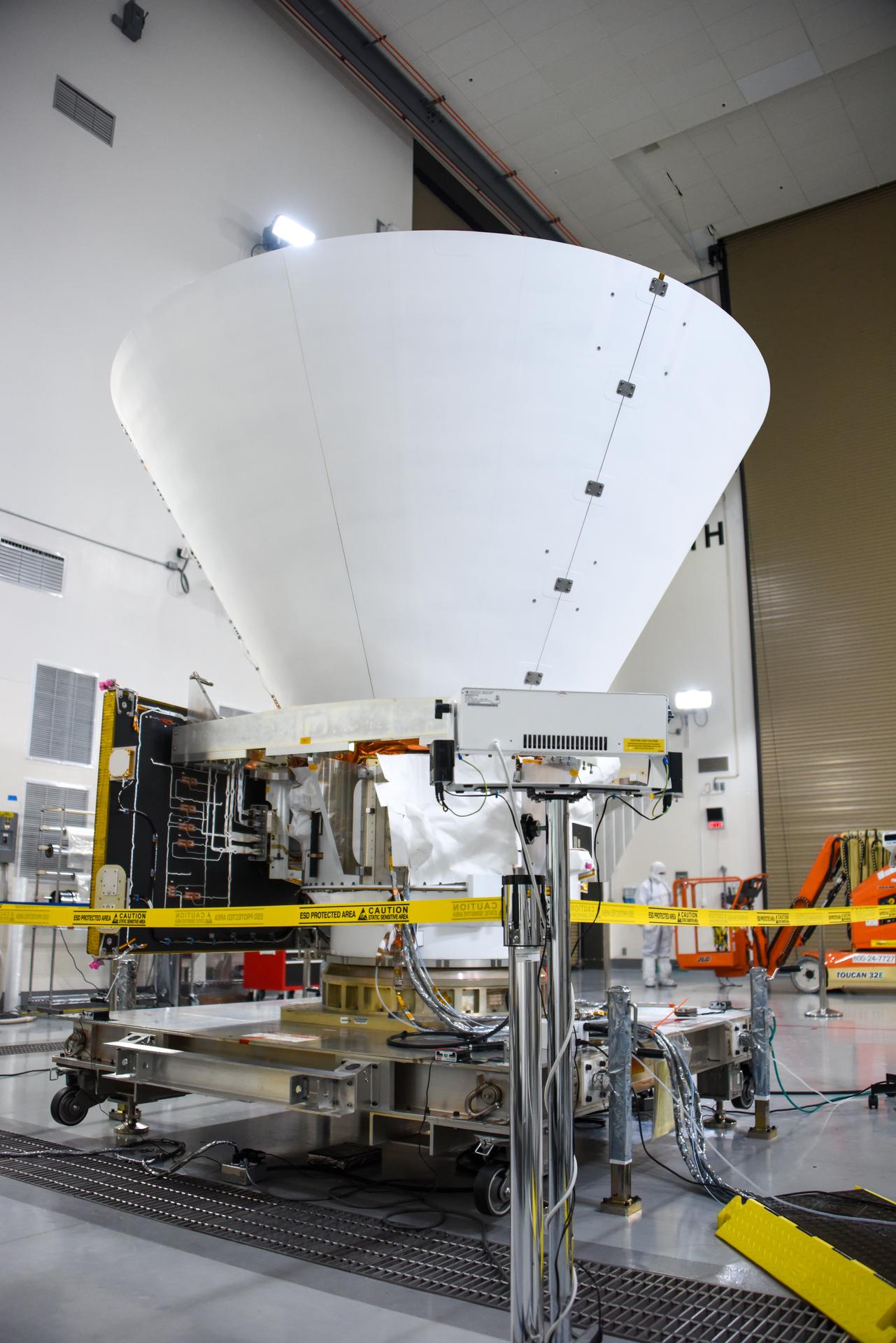
Image Credit: Nasa
NASA Sets Launch Coverage for Missions Studying Cosmic Origins, Sun
- NASA will provide live coverage of prelaunch and launch activities for SPHEREx (Spectro-Photometer for the History of the Universe, Epoch of Reionization and Ices Explorer), the agency’s newest space telescope.
- The SPHEREx mission will improve our understanding of how the universe evolved and search for key ingredients for life in our galaxy.
- The launch window opens at 10:09 p.m. EST (7:09 p.m. PST) Thursday, Feb. 27, for the SpaceX Falcon 9 rocket that will lift off from Space Launch Complex 4 East at Vandenberg Space Force Base in California.
- Media accreditation for in-person coverage of this launch has passed.
Read Full Article
19 Likes
For uninterrupted reading, download the app